Financial Performance Analysis of Helen's Hire Cars - ACC104 Report
VerifiedAdded on 2023/04/20
|8
|1067
|486
Report
AI Summary
This report provides a comprehensive financial analysis of Helen's Hire Cars for the year 2016, focusing on the application of ratio analysis to assess the company's financial condition. The analysis begins with an executive summary that highlights key findings, including the identification of business problems related to profitability, liquidity, and solvency. The report delves into the calculation and interpretation of various financial ratios, such as profitability ratios (net margin, return on assets, and return on equity), liquidity ratios (current ratio and quick ratio), efficiency ratios, and solvency ratios (debt-to-equity ratio). The analysis reveals that Helen's Hire Cars faces challenges in generating adequate income, managing working capital efficiently, and maintaining a healthy capital structure. Specifically, the report notes a low net margin, inefficient asset utilization, idle working capital, and an over-reliance on equity funding. The conclusion summarizes these findings and emphasizes the need for strategic adjustments to improve financial performance and decision-making capabilities. The report references relevant academic sources to support its analysis.
1 out of 8
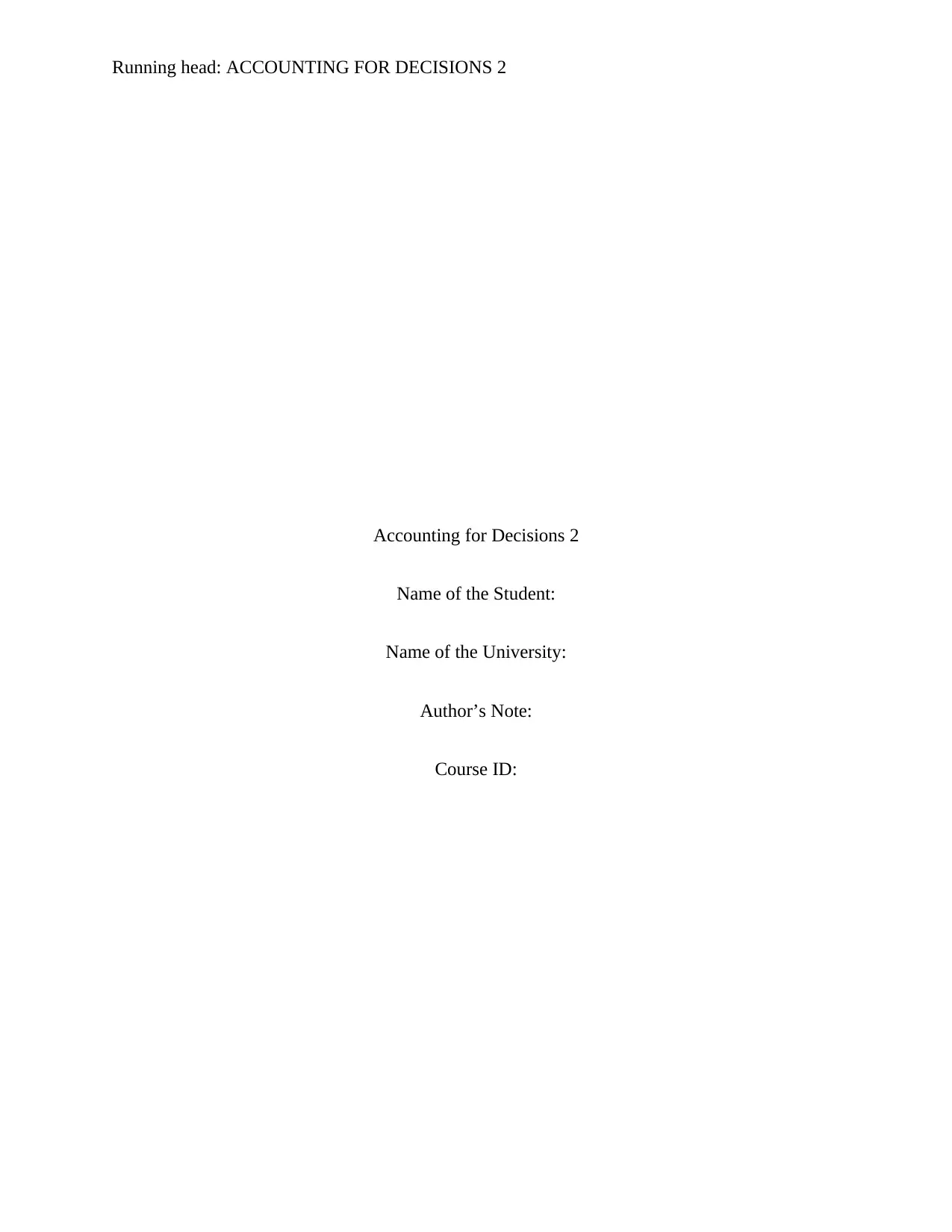
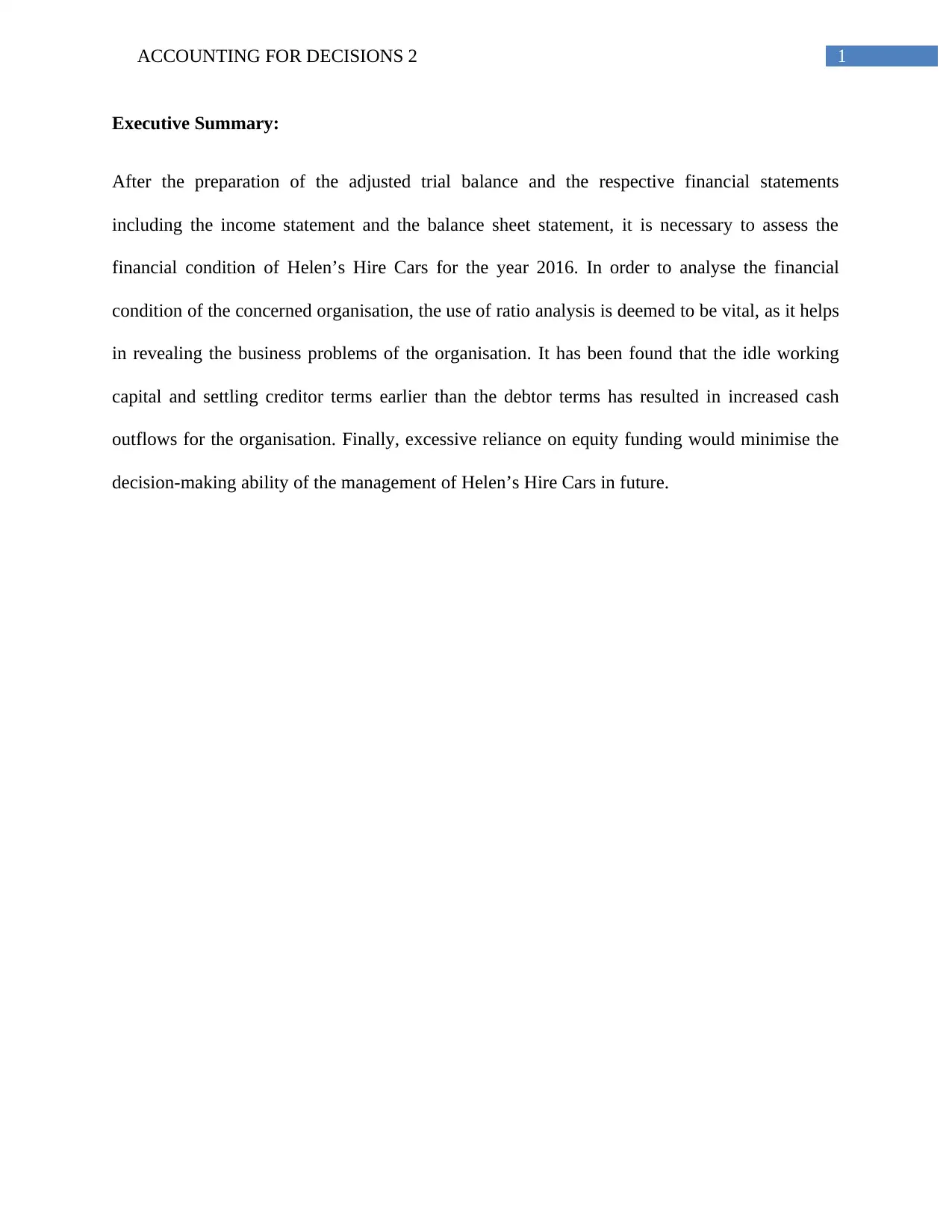
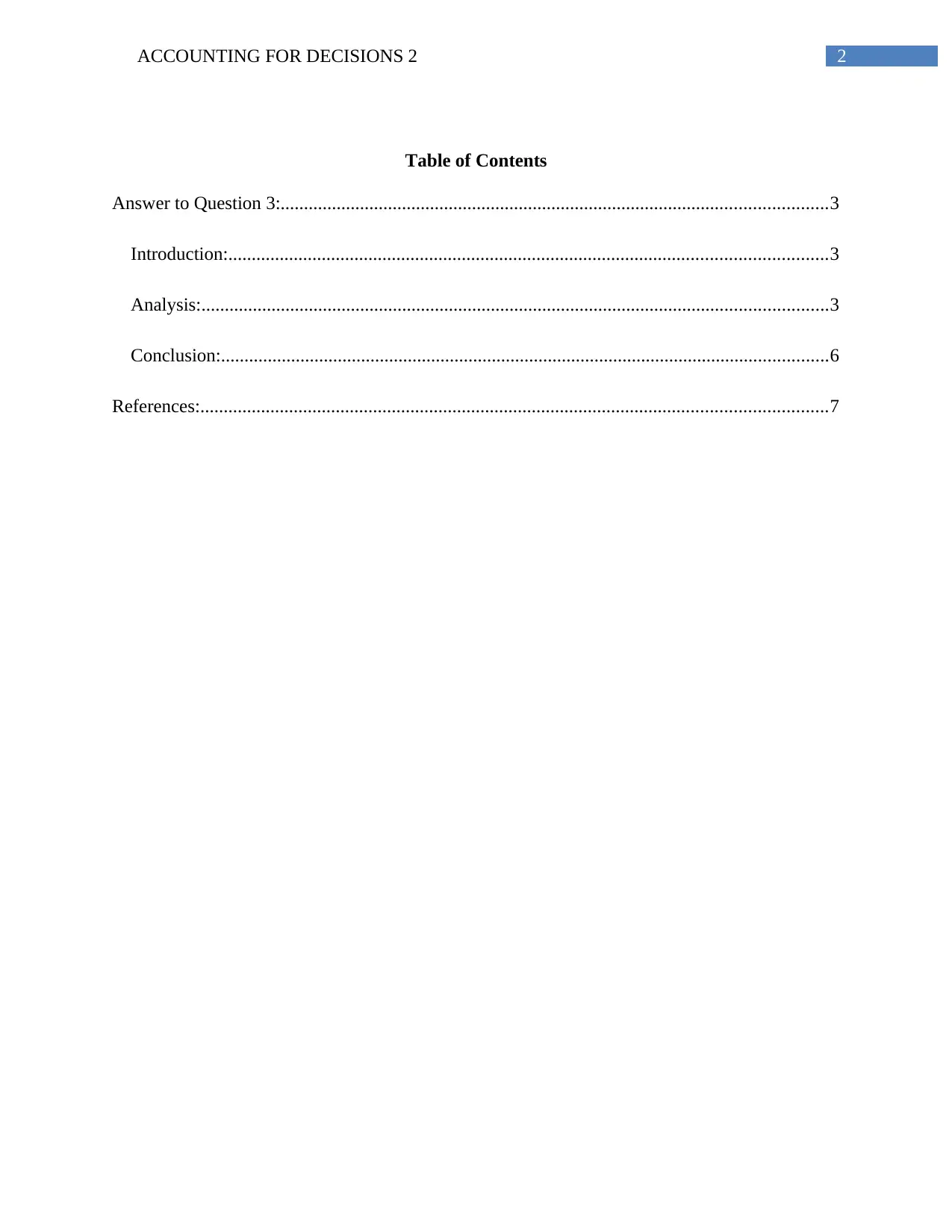

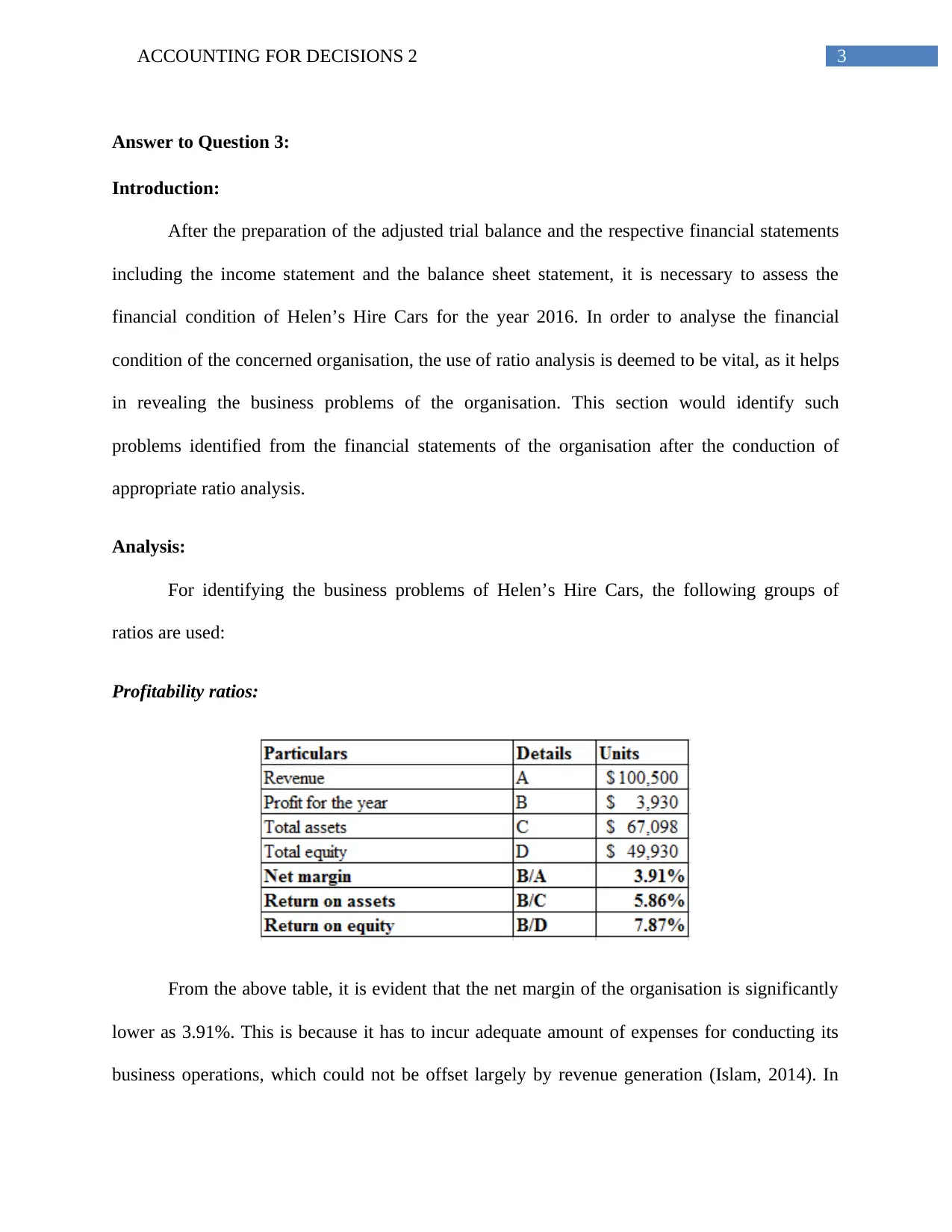
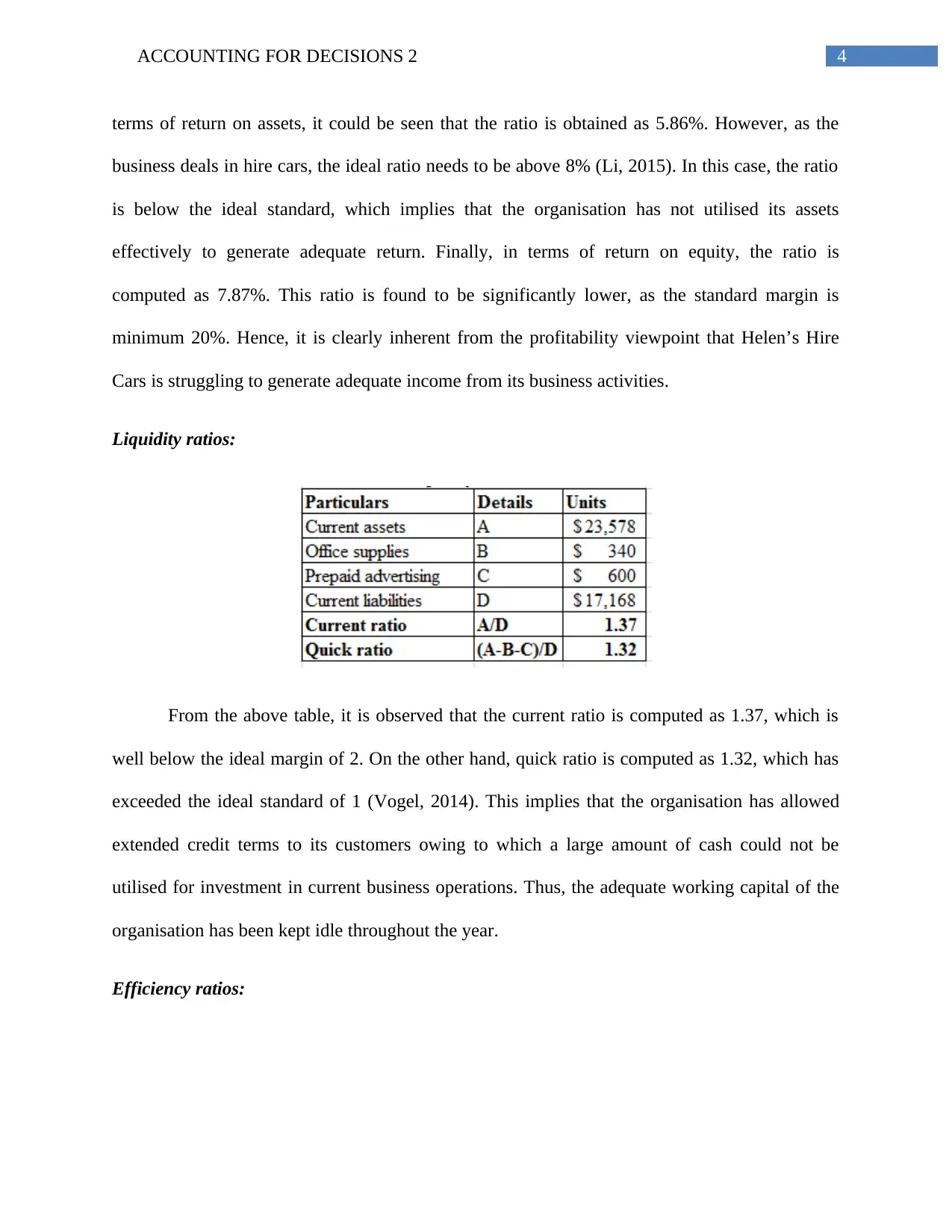
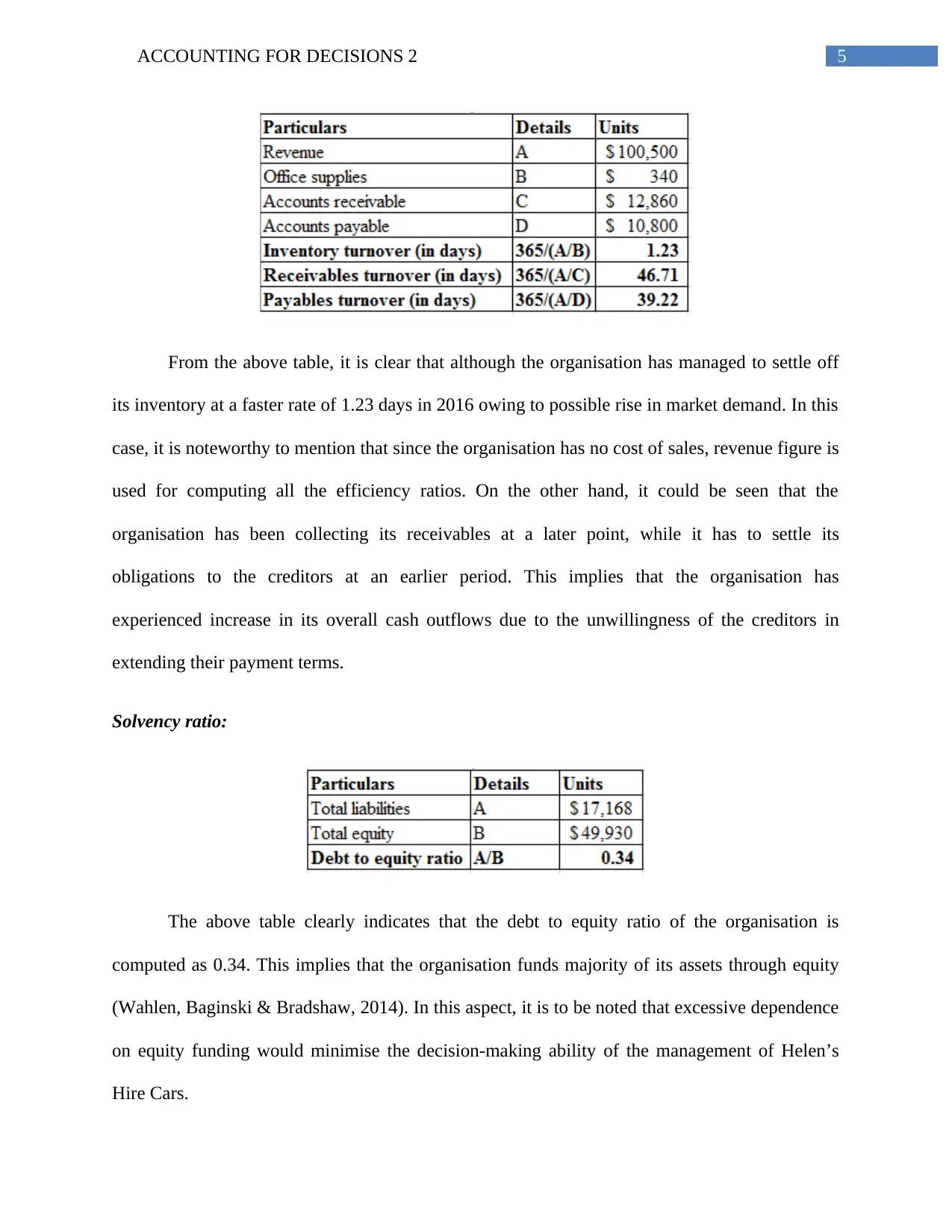
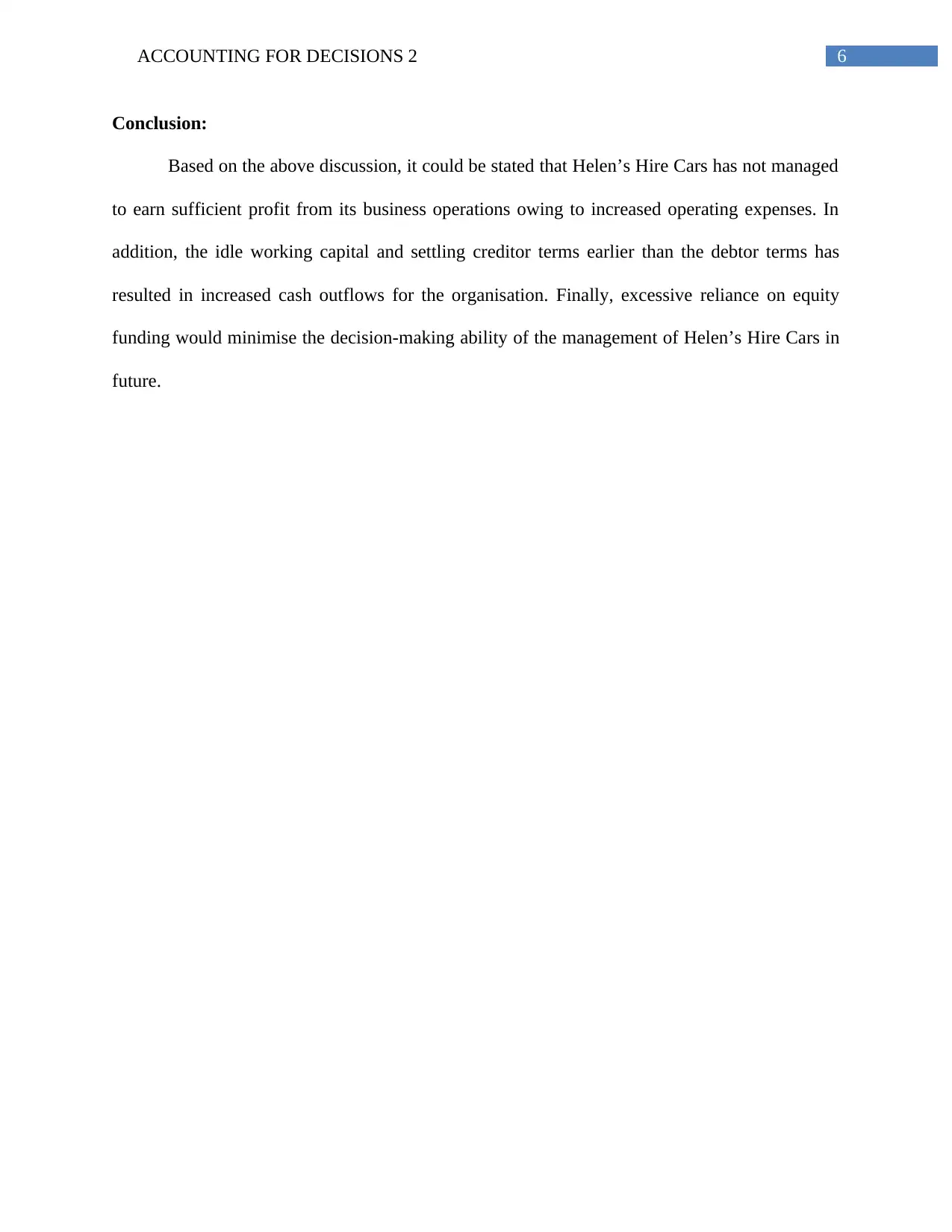
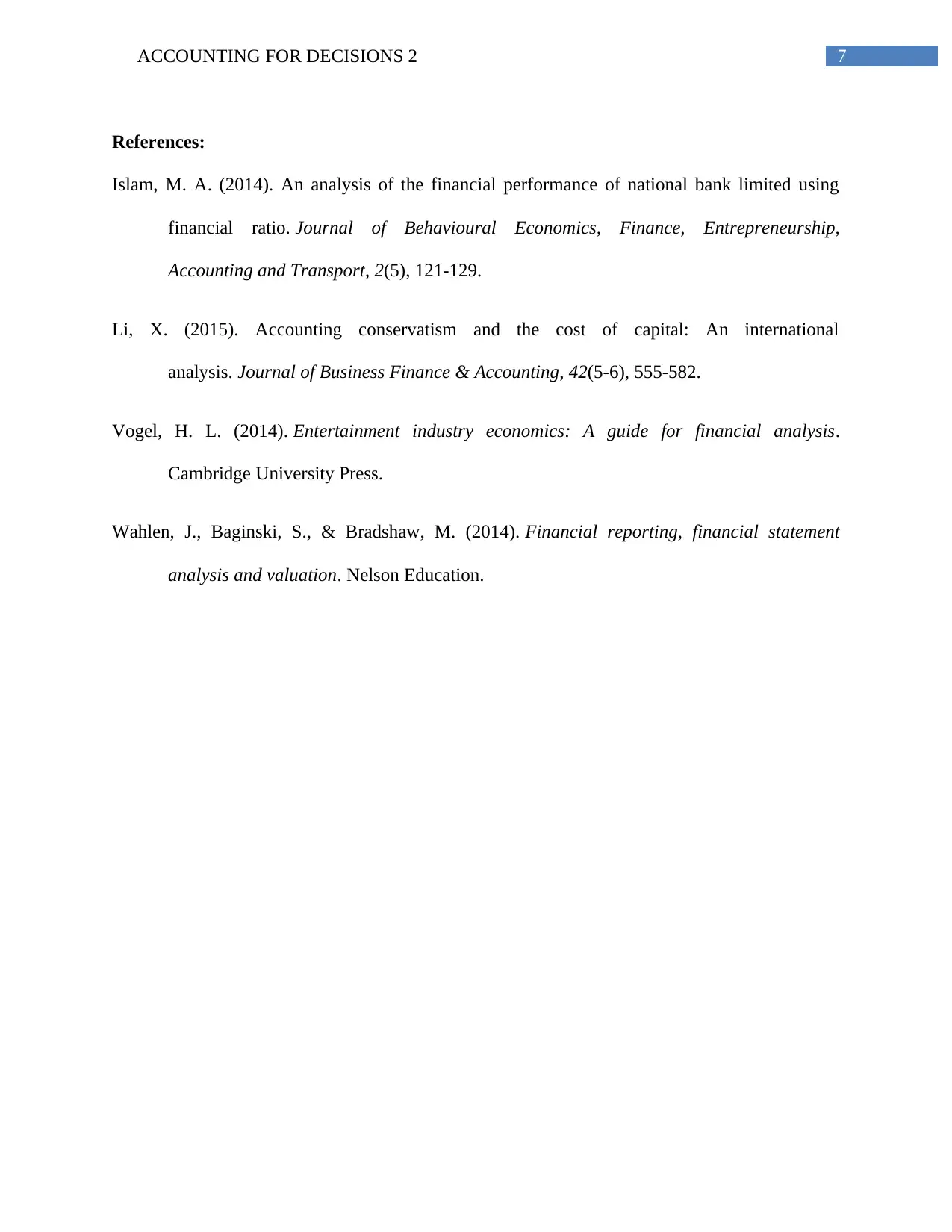





![[object Object]](/_next/static/media/star-bottom.7253800d.svg)